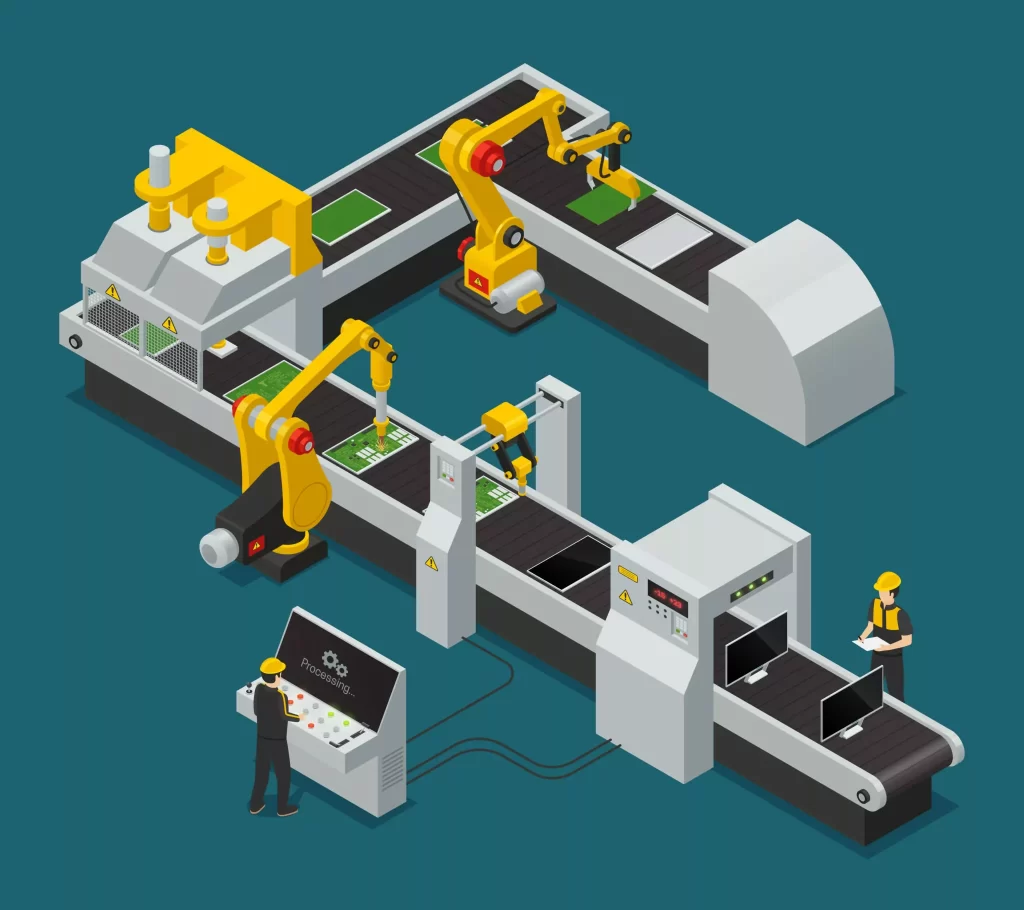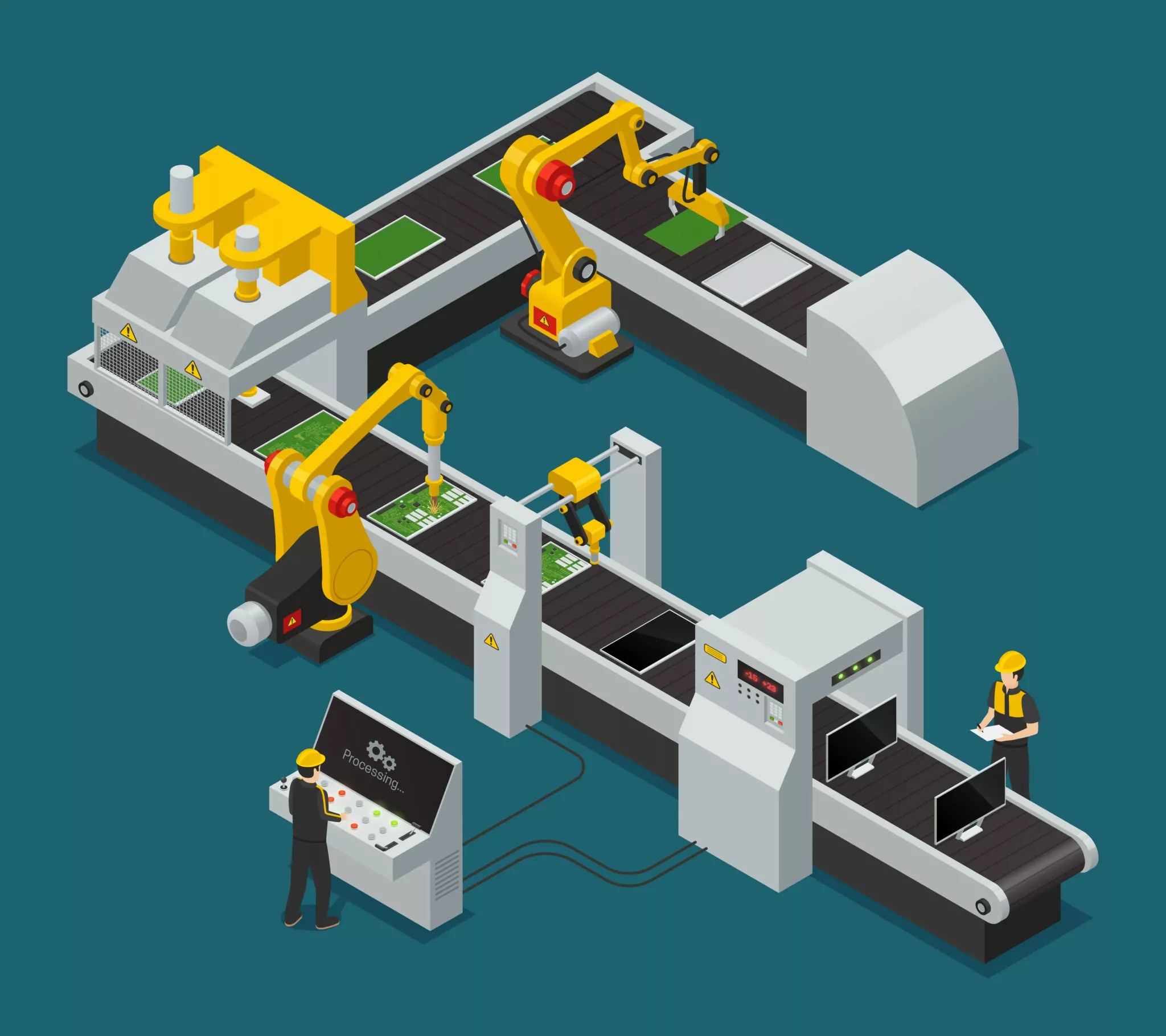
An in-depth insight into end-to-end recruitment process
Recruitment is much more than search, screen, and hire. There are processes that get executed even before an opportunity is announced and after a candidate is hired. End-to-end recruitment describes the full cycle of recruitment, in its 360-degree view. It is also referred to as full lifecycle recruiting or 360-degree recruitment.
Stages of recruitment
The end-to-end recruitment process lasts from the time an organisation recognises the need for new employees until the onboarding process is complete.
The steps of the full life cycle include:
- Requirement analysis: This is the step when the role is identified and the candidate profile is outlined in terms of qualification, experience and desirable personality traits. The job description is also generated along with the preferred working model, whether in-office, remote, hybrid or flexible. The work culture and company values are also included.
- Sourcing: The job description is shared in relevant channels to begin the candidate sourcing process. This could be internal or external or both, depending on the role. Employee referrals are usually a reliable way to source candidates. External sourcing naturally widens the talent pool. Statistics show that 87% of candidates – active and passive – in online job portals are open to new opportunities and about 56% seek opportunities through social media.
- Screening: One of the most important processes, screening can be manual or automated. Manual processes are time-consuming and prone to errors and biases, especially when the volumes are huge. Automated screening tests use artificial intelligence (AI)-powered tests that ensure higher accuracy and speed. Technical skills, behavioural traits, candidate performance and job changing tendencies can all be assessed.
- Selection: This involves the interview stage when most decisions are made. Interviews may be face-to-face or virtual. Video interviews, live or pre-recorded, are convenient for both sides and are becoming quite popular. Background checks are implemented at this stage.
- Hiring: The job offer is now made and details may be negotiated on. It is important to outline every detail clearly at this stage. It is a delicate step and should be handled with care so that the desired candidate agrees to come onboard.
- Onboarding: If onboarding is not handled sensitively, candidates may leave. They must be made to feel welcome, provided with an orientation and training segment if required and overall, made to feel inspired to perform at their best level.
Why do you need an in-depth insight?
An in-depth insight helps the recruitment team understand the complete process well and that helps widen the team’s perspective of the process. This improved transparency in turn helps keep the process fair. A well-informed team can guide the candidates well too.
Awareness about the responsibilities and responses expected from each stage of the recruitment cycle helps design a result-oriented hiring process that is smart and efficient. In-depth knowledge also helps team members better understand the possible hiccups along the way and stay prepared with solutions. Candidates feel engaged and the process attracts top talents. The turnover rate is brought down too. The process can be used to hire every employee, not just a select few.
The absence of an in-depth insight
So what can go wrong if the team is not well-versed in the end-to-end recruitment cycle?
- A messy recruitment process: The absence of a clear understanding of the recruitment life cycle increases the chances of misdirection, confusion, and possibly unfairness. Candidates cannot be given clear guidelines about next steps, especially if the recruitment process is long, and that can make candidates feel stranded. Skilled candidates may even walk away from a recruitment cycle midway.
- Brand distrust: A poor candidate experience does not bode well for the business. A lack of transparency can quickly generate misinformation and rumours, which not only mean missing out on top talents, but also increased brand distrust.
- Lack of candidate engagement: Visibility is key and in its absence, candidates do not feel engaged. Candidate engagement is a powerful tool in the modern recruitment landscape. Attracting and retaining top talent needs a planned approach. They need to feel engaged from the beginning of the cycle or some other team will grab their attention. Unless the recruitment team is clear about its goals, it cannot guide or engage with candidates well.
- No constructive feedback: Candidates who do not feel motivated during the recruitment process hesitate to share any feedback. A lack of feedback from candidates is a missed opportunity to improve the hiring process, and that can make the process stagnate.
Automation enhances the end-to-end recruitment process
Using well-developed automation tools can enhance the efficiency of the recruitment process. Other than using AI and Machine Language (ML) algorithms during the screening process, workflows can be automated, and organisations can set selection processes to be based on data-driven insights, free of biases.
Continued association
Modern recruitment includes continued engagement with the top talents who were not selected but showed potential for future roles. Progressive organisations try to keep the sourcing windows alive through well planned strategies.
HirePro’s Campus Hiring Workflow is an example of a well-tested end-to-end recruitment platform in its true essence. It offers a specialised and efficient platform that enables completely remote college hiring. AI-powered automated workflows deliver insightful and accurate results to recruiters, and candidates enjoy a seamless hiring experience.
Write to us at sales@hirepro.in for a demo.
Sources:
